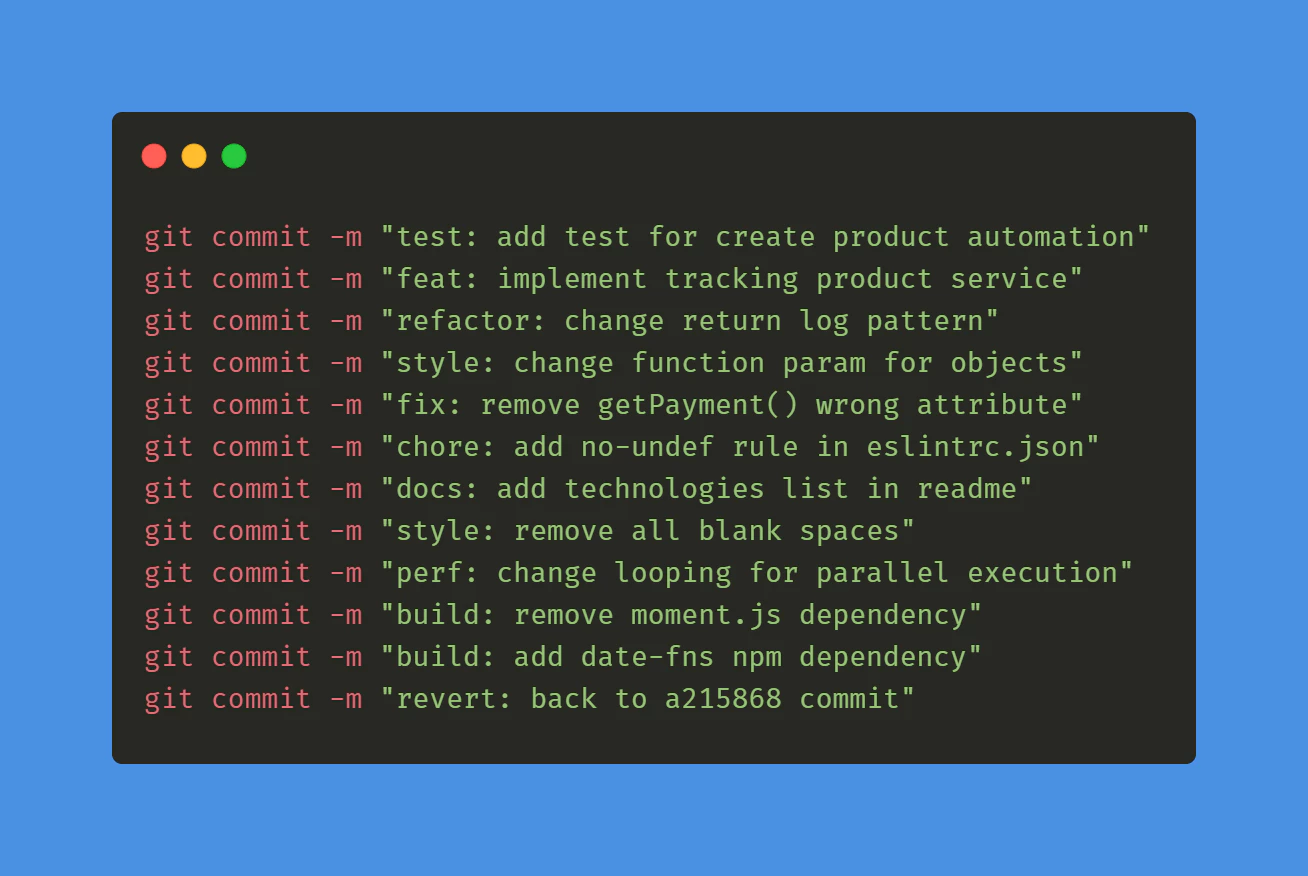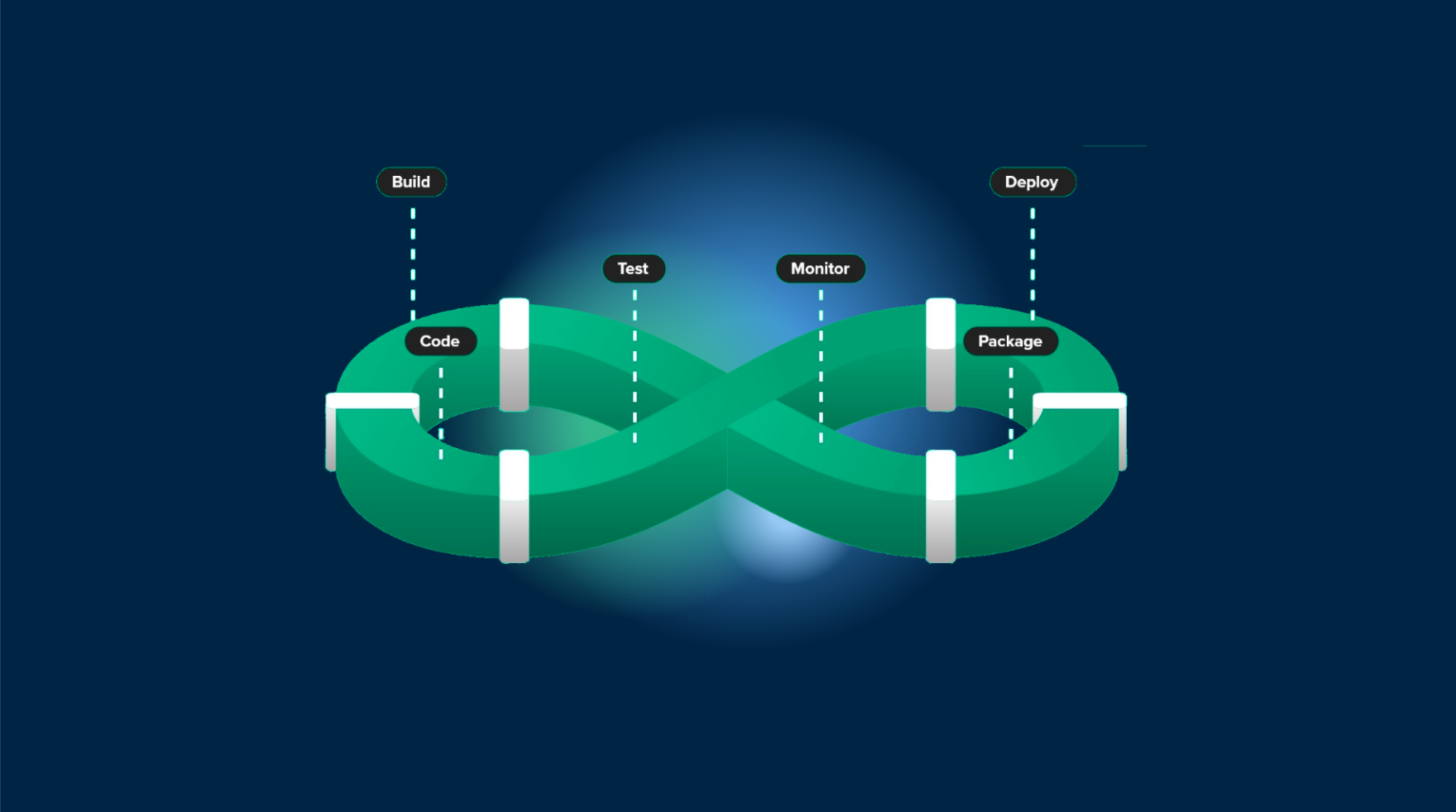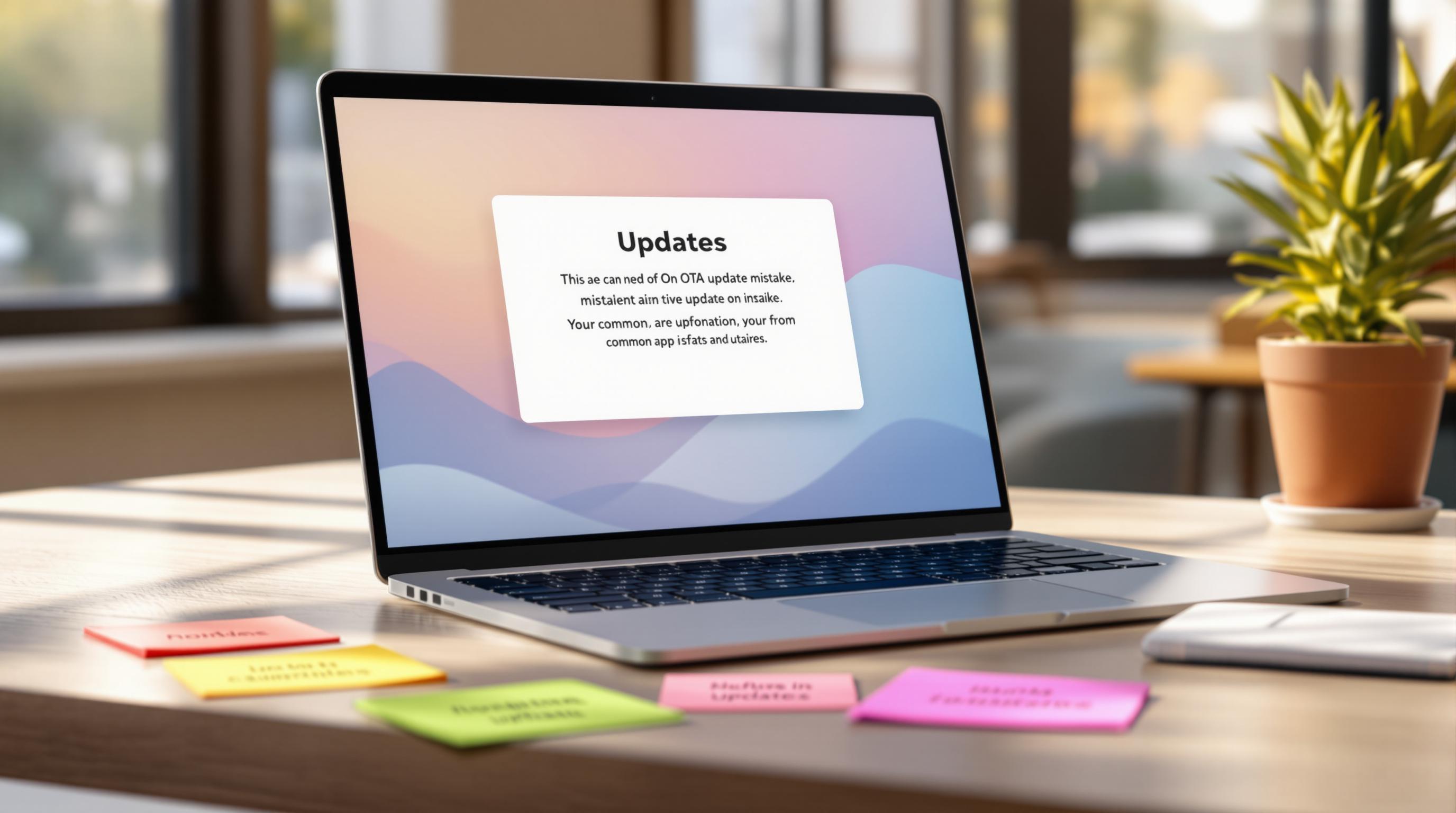이 튜토리얼은 GitHub 호스팅에 중점을 두고 있지만, 약간의 수정으로 다른 CI/CD 플랫폼에도 적용할 수 있습니다.
시작하기 전에
먼저 Capacitor 앱을 Capgo에 추가했는지 확인하세요. 이 튜토리얼은 업로드 단계에만 중점을 둡니다.
커밋 규칙
먼저 conventional commits 커밋 규칙을 따라야 합니다. 이는 버전 번호를 업그레이드하는 방법을 도구가 이해하는 데 도움이 됩니다. 5분이면 배울 수 있습니다.

태그를 위한 GitHub 액션
그런 다음 자동으로 빌드하고 태그를 생성하는 첫 번째 GitHub 액션을 만들어야 합니다.
다음 경로에 파일을 생성하세요: .github/workflows/bump_version.yml
다음 내용으로:
name: Bump version
on: push: branches: - main - development
jobs: bump-version: if: "!startsWith(github.event.head_commit.message, 'chore(release):')" runs-on: ubuntu-latest name: "Bump version and create changelog with standard version" steps: - name: Check out uses: actions/checkout@v6 with: fetch-depth: 0 filter: blob:none token: '${{ secrets.PERSONAL_ACCESS_TOKEN }}' - name: Git config run: | git config --local user.name "github-actions[bot]" git config --local user.email "github-actions[bot]@users.noreply.github.com" - name: Create bump and changelog if: github.ref == 'refs/heads/main' run: npx capacitor-standard-version - name: Create bump and changelog if: github.ref != 'refs/heads/main' run: npx capacitor-standard-version --prerelease alpha - name: Push to origin run: | CURRENT_BRANCH=$(git rev-parse --abbrev-ref HEAD) remote_repo="https://${GITHUB_ACTOR}:${{ secrets.PERSONAL_ACCESS_TOKEN }}@github.com/${GITHUB_REPOSITORY}.git" git pull $remote_repo $CURRENT_BRANCH git push $remote_repo HEAD:$CURRENT_BRANCH --follow-tags --tags이것은 main 브랜치의 모든 커밋에 대해 태그를 릴리스하고, development에 대해 alpha 릴리스를, 그리고 마지막으로 CHANGELOG.md의 각 커밋에 대한 변경 로그 항목을 생성합니다.
이 파일이 없더라도 걱정하지 마세요. 자동으로 생성됩니다.
이 기능이 작동하려면 PERSONAL ACCESS를 생성하여 GitHub secret에 PERSONAL_ACCESS_TOKEN으로 추가해야 합니다.
이는 CI가 변경 로그와 버전 범프를 커밋할 수 있도록 하는 데 필요합니다.
토큰을 생성할 때 만료를 never로, 범위를 repo로 선택하세요.
package.json 파일의 version 키를 설정하세요. 스토어에서 릴리스된 최신 버전을 사용하세요.
이는 처음에만 필요하며, 이후에는 도구가 자동으로 업데이트합니다.
이제 두 파일을 커밋하고 GitHub에서 첫 번째 태그가 나타나는 것을 확인할 수 있습니다!
capacitor-standard-version은 마법을 부리는 패키지입니다. 기본적으로 Android와 iOS의 버전 번호도 업데이트합니다.
빌드를 위한 GitHub 액션
다음 경로에 파일을 생성하세요: .github/workflows/build.yml
다음 내용으로:
name: Build source code and send to Capgo
on: push: tags: - '*'
jobs: deploy: runs-on: ubuntu-latest name: "Build code and release" steps: - name: Check out uses: actions/checkout@v6 - name: Install dependencies id: install_code run: npm i - name: Build id: build_code run: npm build env: MY_ENV_VAR: ${{ secrets.MY_ENV_VAR }} - name: Create Release Alpha if: "contains(github.ref, '-alpha.')" id: create_release_prepro run: npx @capgo/cli@latest bundle upload -a ${{ secrets.CAPGO_TOKEN }} -c development - name: Create Release Production if: "!contains(github.ref, '-alpha.')" id: create_release_prod run: npx @capgo/cli@latest bundle upload -a ${{ secrets.CAPGO_TOKEN }} -c production이는 의존성을 설치하고 빌드한 후 Capgo로 전송합니다.
빌드 명령어가 다르다면 build_code 단계에서 변경할 수 있습니다.
환경 변수가 필요하다면 MY_ENV_VAR를 사용하고 GitHub 프로젝트 설정의 secret에서 GitHub Action을 설정하세요.
Capgo 업로드가 작동하려면 Capgo API 키를 가져와서 GitHub 저장소의 secret에 CAPGO_TOKEN으로 추가해야 합니다.
이제 두 파일을 커밋하고 Capgo에서 첫 번째 버전이 나타나는 것을 확인할 수 있습니다!
커밋을 추가하면 프로덕션과 개발 채널을 위한 새로운 Capacitor 빌드가 생성됩니다.
코드가 작동하는지 확실히 하기 위해 Ionic 빌드 단계에 테스트를 추가해야 합니다.
Capgo 대시보드로 이동하여 방금 나타난 빌드를 확인하세요. 이제 CI/CD 시스템이 구축되었습니다.




